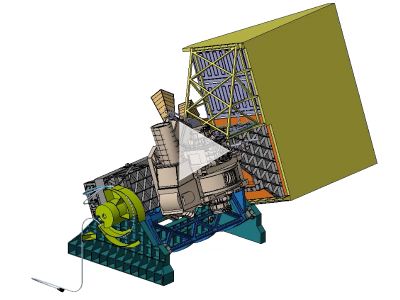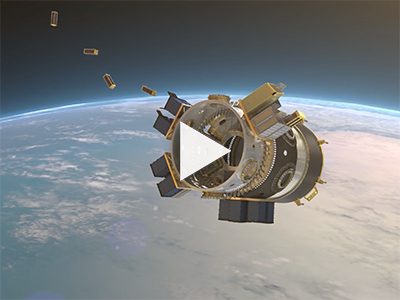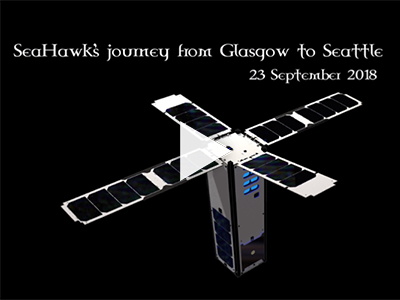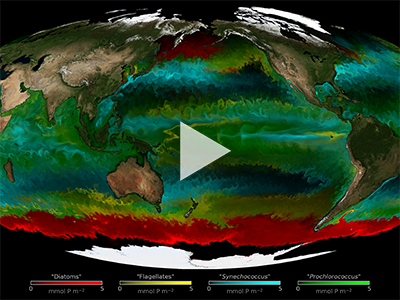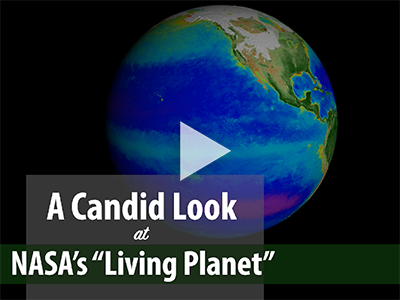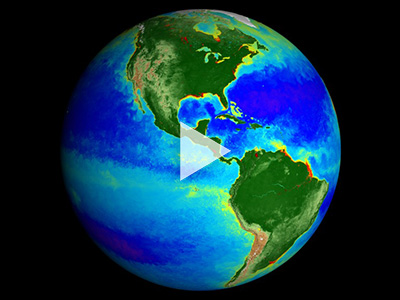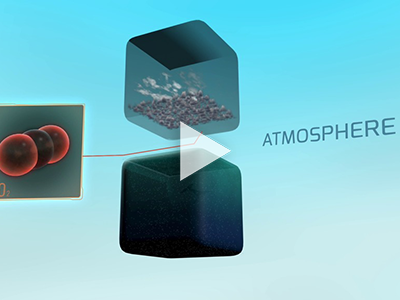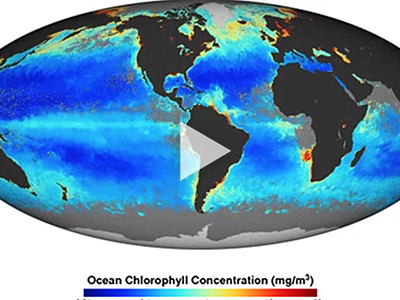Video Gallery
Videos (49)
[22-Nov-20] Keeping the PACE with NASA’s Plankton, Aerosol, Cloud, ocean Ecosystem Mission
[17-Jul-20] PACE: Persistence and Perseverance Despite Pandemic
[30-Jun-20] How Ocean Color Remote Sensing Contributes to Aquatic Biological and Biogeochemical Studies
[27-Jun-20] OCI Tilt
[04-Jun-20] NASA Ocean Ecosystem Mission Ready to Make Waves
[15-May-19] Beyond Blue: Why Ocean Color Really Matters Webinar 2
[30-Apr-19] Beyond Blue: Why Ocean Color Really Matters Webinar 1
[13-Dec-18] PACE Spacecraft In Orbit Over Earth
[13-Dec-18] Beauty Shot of the PACE Spacecraft
[13-Dec-18] PACE Spacecraft Approach
[13-Dec-18] Rotating PACE Spacecraft
[06-Dec-18] PACE Satellite in Orbit
[01-Dec-18] SSO-A Smallsat Express Deployment
[02-Oct-18] Invasive Algal Blooms Discussed on SciTech Now
[08-Aug-18] Setting Sail for the Twilight Zone
[12-Jun-18] Colorful Coastlines: Coastal Images from NASA Satellites
[08-May-18] Modeled Phytoplankton Distribution
[01-May-18] Hurricanes and Aerosols Simulation
[09-Feb-18] A Candid Look at NASA’s "Living Planet"
[28-Nov-17] Dr. Werdell - Ocean Color Interview (BBC)
[17-Nov-17] Earth: Our Living Planet
[17-Nov-17] Project Scientist Comments on New NASA Timelapse
[14-Nov-17] Our Living Planet From Space
[14-Nov-17] 20 Years of Global Biosphere
[13-Nov-17] Changing Colors of Our Living Planet
[03-Nov-17] Biodiversity
[03-Nov-17] Aerosols
[29-Oct-17] Harmful Algal Blooms
[18-Oct-17] Fisheries Food Security
[15-Mar-17] PACE - Observing Our Home Planet
[08-Mar-17] Seeing Earth the "Hyper" Way
[24-Feb-17] Deploying the HyperPro Radiometer
[30-Jan-17] Wirewalker Deployment
[05-Jan-17] Phytoplankton Add Color to Our Ocean
[01-Dec-16] How Do We Sense Life in the Ocean?
[07-Nov-16] Carbon and Climate Soundbite
[23-Feb-16] PACE Mission Introduction
[23-Sep-15] Earth's Oceans Show Decline in Microscopic Plant Life
[12-Sep-14] Phytoplankton Levels Dropping
[03-Jan-12] Ocean Chlorophyll Concentration (2009-2012)
[02-Jan-12] Global Monthly Aerosol Optical Depth (2000-2015)
[01-Jan-12] Global Monthly Cloud Fraction (2000-2015)




